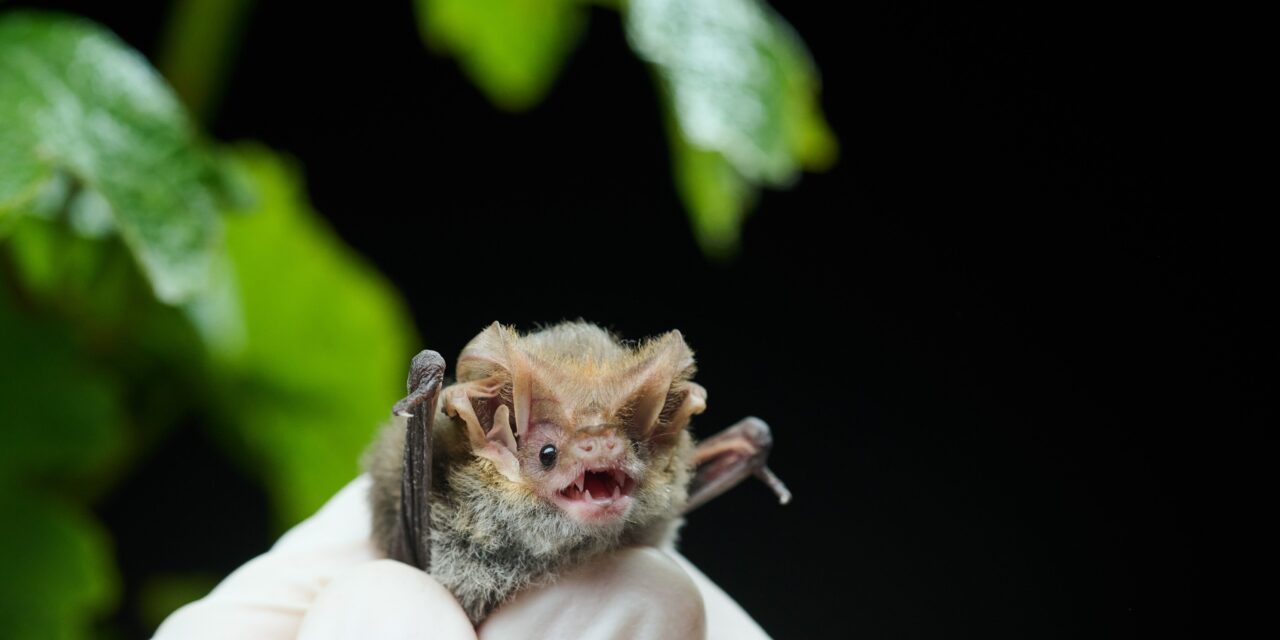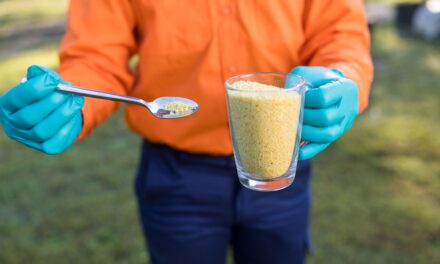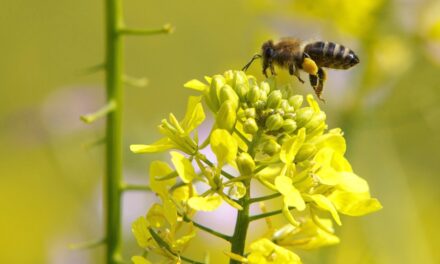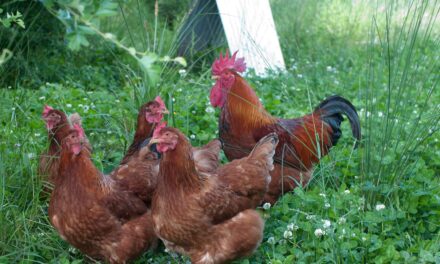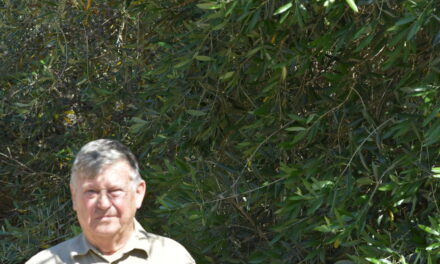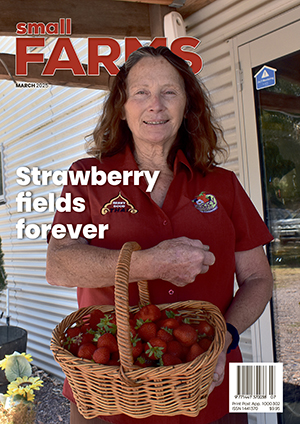A suite of small flying rodents that can consume their own body weight in one night could be saving Australia’s wine industry $50 million a year by helping control damaging insects. ANDY WILSON reports.
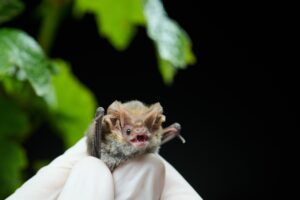
A groundbreaking study of micro-bats is being conducted in a partnership between Fowles Wine at Avenel in Victoria and a team of scientists from the University of New England in Armidale to shed light on the need to preserve micro-bat habitats.
The collaboration also includes the nearby Euroa Arboretum, which will implement insectaria and seed orchards to maintain self-sufficient ecosystems, giving focus to those areas which are bushfire prone.
Fowles Wine’s adage to ‘farm in nature’s image’ is the ethos behind that company’s involvement in the project.
Fowles Wine owner Matt Fowles said the winery was always looking at ways they can work with nature to support their winemaking and the environment and said there was potential in using micro-bats.
“Every day, the bats can consume 30 to 100 per cent of their body mass,” Matt said.
“A colony of a hundred bats, weighing 10 grams each, could remove up to one kilo of insects every night.”
There are 16 known species of insect-eating bats in Victoria — including four endangered species — but scientists don’t yet know how many of them are living and foraging in vineyards.
“What we do know is that where the bats populate and can echo-locate is where the vines and fruit thrive most.”
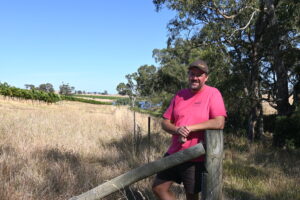
Bats navigate at night by using ‘echo-location’ where they emit ‘clicking’ noises which then bounce back off surrounding surfaces as a guidance mechanism.
The winery has partnered with the UNE to see if micro-bats work as vineyard pest control agents and thereby improve grape yield.
Micro-bats in northern states have been credited with saving the cotton industry more than $63 million through natural biological control.
In a study reported in Ecosystem Services, UNE’s Heidi Kolkert found that micro-bats preyed on the adult moth of the cotton bollworm Helicoverpa armigera, a pest of cotton which single-handedly obliterated the Ord River, WA, cotton industry in the 1970s when the moth became resistant to pesticides.
Dr Kolkert found that micro-bats removed up to 63 tonnes of insect pests from Australia’s cotton crops each year.
She recommended preservation of woody habitats, which the bats flourish in, to ensure future insect control.
UNE physiologist and collaborator Zenon Czenze said the Fowles vineyard was much larger than two studied previously in NSW’s tablelands.
“It’s a bigger setting and has more monitors, so this is the most thorough study yet,” Dr Czenze said.
“We showed (in the tablelands) not only bats living around the vineyards but also foraging in them.
“So I asked Matt Fowles ‘what do think of replicating that sort of thing down in Victoria?’.”
The project’s acoustic monitors were installed in October.
Dr Czenze said the research on micro-bats as control agents was relatively new, and although there had been studies done since 2017 in Chile and Europe, the only work done in Australia remained unpublished.
That project relied on analysing bat scats (droppings) to find out what insects had been eaten.
“We’re excited because we physically catch the bats, physically analyse the poop and then sent them off to the Australian Genetics Facility to find what actual species were in there,” Dr Czenze said.
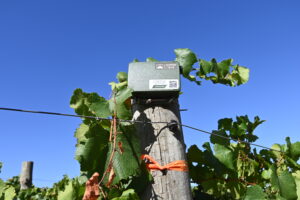
The project also relies on recording the clicking sound that bats use for echo-location.
When foraging for insects, the bats emit the sound more frequently.
The scientists are able to compare time spent foraging and that spent simply navigating around the vineyard to determine feeding habits.
Those data are combined with the number of insects caught in traps to model the impact on pest control.
“We can then say that so many clicks equate to ‘x’ amount of pests which tells us how many kilograms of insects are being eaten,” Dr Czenze said.
“Put that in terms of the cost of installing more habitat and co-weigh that against the cost of pesticides.
“If we can show vineyard owners that it has a tangible effect on the bottom line, they will be incentivised to say: ‘Okay, let’s not cut down any trees near the vineyard’.
“If we enhance the habitat around the vineyard, then can we see a tangible jump in bat population?
“Do we, using the acoustics, hear more foraging calls as a result?
“If so, then we can go from preserving habitat to increasing habitat by planting more trees and providing more nesting sites.”

